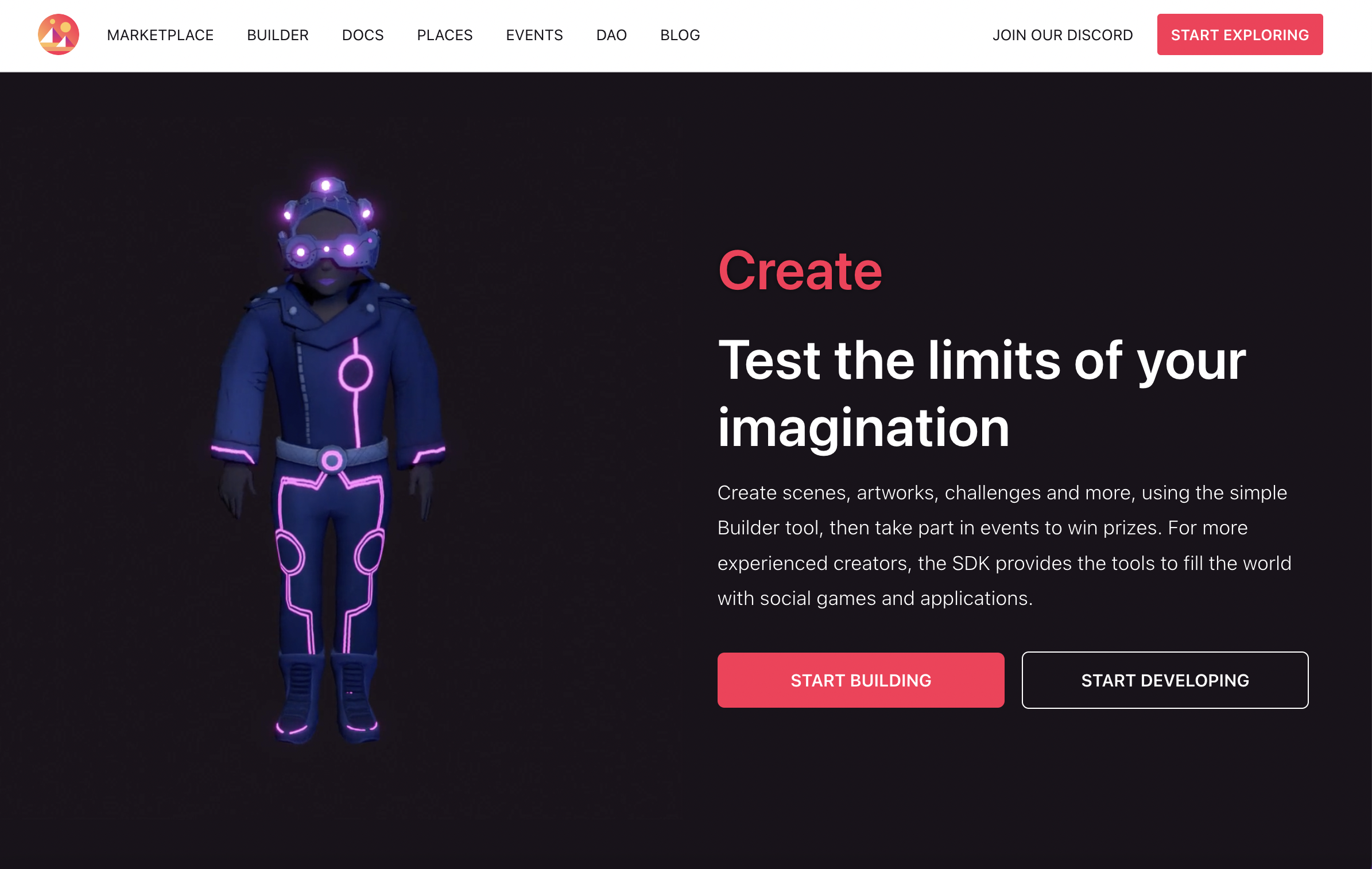Three Ways UGC Is Levelling Up Web3 Gaming
In 1972 the Artificial Intelligence Laboratory at Stanford University hosted the "Intergalactic Spacewar Olympics", the world’s first eSports tournament open exclusively to students or anyone with access to the right technological facilities (ISPO). In the same year the Magnavox Odyssey, a game console that could be connected to a TV, arrived on the scene introducing digital gaming into people’s homes (ISPO).
These are the humble beginnings of what would decades later expand into a multi-billion dollar industry thanks to the prevalence of streaming software. As of 2022 the eSports industry’s valuation is $1.39billion and it is expected to grow at a CAGR of 16.7% over the next seven years (yahoo!finance).
Meanwhile, over the past few years the convergence of blockchain technology, decentralized networks, and user-generated content, have further revolutionized the gaming landscape and enabled game publishers to enter the blockchain gaming, or GameFi sector.
Unlike traditional gaming, Web3 gaming uses blockchain technology to introduce trust, transparency, and ownership of in-game assets. Players have the ability to own and trade virtual items, creating a thriving economy within the gaming ecosystem. This unique feature is attracting a massive audience of gamers, investors, and developers.
While eSports focuses primarily on competitive gameplay and organized tournaments, Web3 gaming expands beyond that by placing a strong emphasis on community involvement and user creativity. It empowers gamers to become content creators, allowing them to develop and share their own experiences, mods, levels, and even entire games.
Here are three examples of how user-generated content is helping to shape Web3 gaming:
#1 User-Created Game Assets
Web3 gaming platforms allow players to create and customize in-game assets, such as characters, weapons, or virtual items. These assets can be designed, traded, and even sold by players themselves. Decentraland is an example of a virtual world where users can create and monetize their own 3D assets.
#2 Player-Driven Marketplaces
Web3 gaming platforms often incorporate player-driven marketplaces where users can trade and exchange digital assets, creating a thriving economy within the game. Axie Infinity is a popular example where players can breed, trade, and sell their virtual creatures called Axies, fostering a player-owned economy.
#3 Community-Generated Content
Web3 gaming communities actively contribute to the development of the game by creating and sharing their own content. This can include user-designed levels, mods, quests, and complete game modes. The Sandbox is an example of a platform that allows players to create and share their own virtual worlds and experiences.
Legend of Zelda: Tears of the Kingdom is another example of a game that is being heavily shaped by its community. Mostafa Salem, Head of Gaming Research at Polkastarter Gaming, gives a great insight into how the game’s introduction of Ultrahand and Fuse abilities, which enable players to manipulate objects in the game, has resulted in a wave of viral content as players share clips of how they have used these abilities on social platforms (Polkastarter Gaming). This not only helps players feel more involved in the game, but converts them into advocates that can boost brand awareness and sales.
At the intersection between GameFi and UGC, Web3 social platforms such as BULLZ are emerging to enable gaming creators to monetize their user-generated content. BULLZ recently partnered with Mazer Gaming (The Bitcoin Daily), an eSports and entertainment organization actively involved in growing the Web3 GameFi space. At the same time BULLZ introduced a brand new feature that enables gaming creators to earn rewards via BULLZ for publishing video content on Twitch. As a result the BULLZ platform now has an influx of skilled gaming content creators ready to spread storytelling, education, and adoption for the GamFi sector. Examples of Mazer’s Twitch creators include:
From Passive Consumers to Active Contributors
What was once the reserve of nerdy college kids, has today become an accessible way for people to not only consume digital games, but actively create, curate, and contribute, with the power to monetize their passion. Through the integration of blockchain technology, decentralized networks, and user-generated content, Web3 gaming not only enriches the overall gaming experience, but also serves as a powerful marketing tool. Gamers are no longer mere players; they are influential brand ambassadors who actively participate in the promotion of their favorite games.




